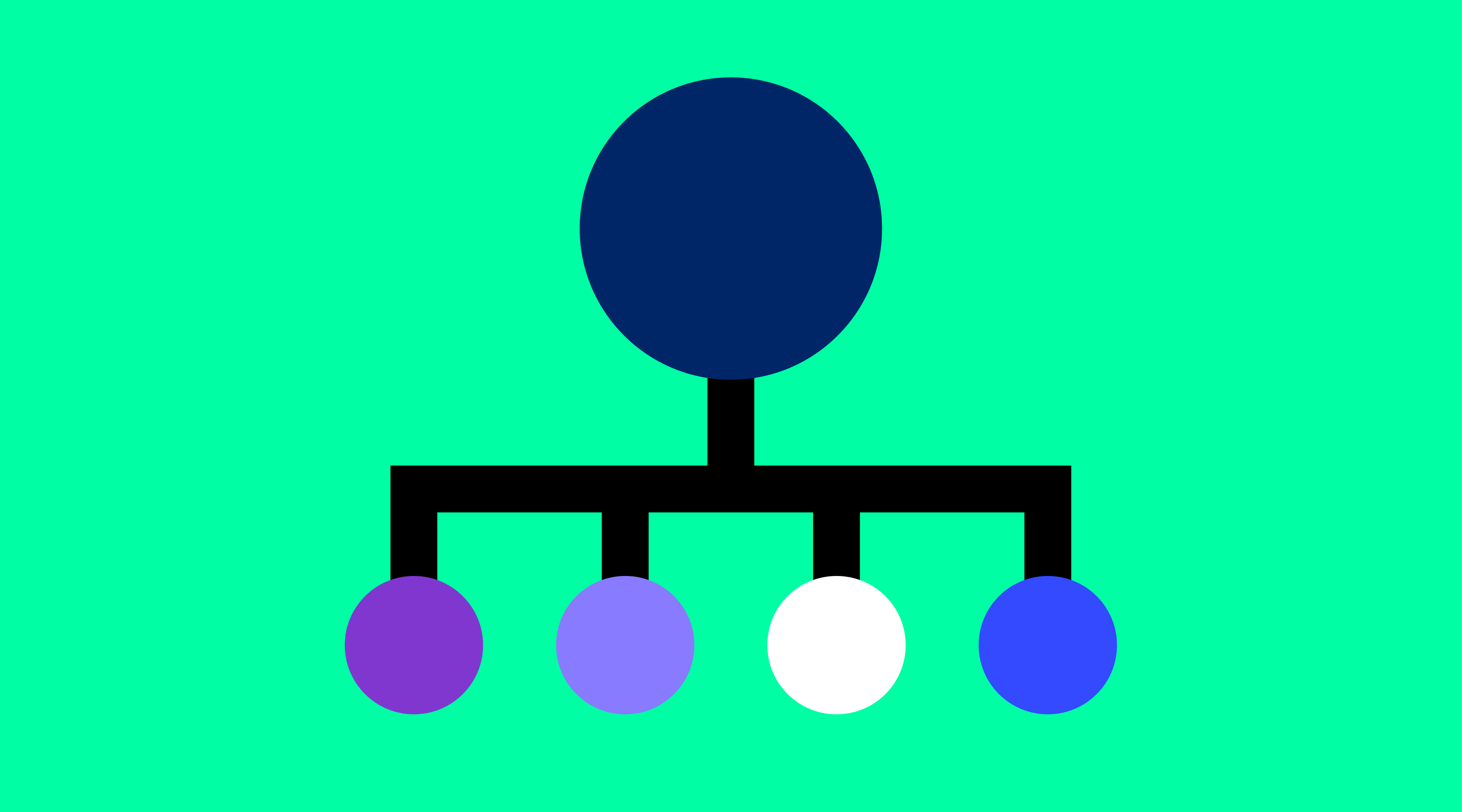
GPT-4: Shaping the Customer Service Agent of the Future
With the release of GPT-4, the contact center landscape is poised for major transformation. If you work in the industry, staying informed about ChatGPT and large language models (LLMs) is essential because they will significantly change how you operate within the next couple of years.
GPT-4 is the latest iteration of the LLM that powers ChatGPT. When you ask ChatGPT a question or request it to complete a statement, the AI model generates a response based on immense training data. GPT-3, the previous version, also fueled ChatGPT.
GPT-4 is a notable improvement over its predecessor, offering more accuracy, detail, and precision. It can now accept image inputs and produce text outputs. For example, if your internet service provider’s contact center employs GPT-4 and your internet goes down, the agent or virtual agent could ask for a photo of your modem’s blinking lights. Upon receiving the image, GPT-4 could diagnose the issue without a lengthy conversation.
While GPT-4 isn’t perfect, OpenAI acknowledges its "best-ever results (though far from perfect) on factuality, steerability, and refusing to go outside of guardrails." The organization is also aware of criticisms regarding these models’ tendencies to generate inaccurate and biased outputs. In contact centers, ensuring accuracy is crucial when using these models.
GPT-4: A Game-Changer
One relatable benchmark for GPT-4’s performance is the U.S. bar exam, which GPT-4 not only passes but excels at, landing in the top 10%. GPT-3, in contrast, scored in the bottom 10%. GPT-4 also excels at challenging university admissions exams like AP Art History, AP Biology, SAT, GRE, and LSAT, and it’s a certified sommelier.
GPT-4 and the Future of Customer Service Agents
For contact centers, GPT-4’s impact on the future of customer service agents is clear. Entry-level agent jobs will likely be replaced by automation. Except in emergencies, most incoming requests will be initially handled by an automated system that will understand the customer’s issue and initiate a resolution process. Traditional human triage will no longer be necessary.
Following triage, automated systems will attempt to resolve up to 80% of customer service inquiries. With GPT-4’s capabilities, no technical barrier prevents the quick and accurate resolution of most customer issues. The real question is how quickly companies will adopt comprehensive automation and how customers will adapt to interacting with automated systems.
In the future, contact center agents will likely fall into two categories:
- High-value agents – Handling complex and empathy-requiring conversations (the 20% not automated).
- Steering agents – Overseeing a team of bots and assisting them when they encounter difficulties.
The concept of steering agents is new and will likely become more prevalent as GPT-4 and LLMs evolve. These agents will oversee simultaneous conversations across different platforms and intervene when bots need help. Over time, they will become increasingly adept at steering, enabling them to manage more conversations simultaneously.
Although this scenario may seem like a robotic dystopia, it could ultimately reduce business costs and create a faster, friction-free customer experience.



